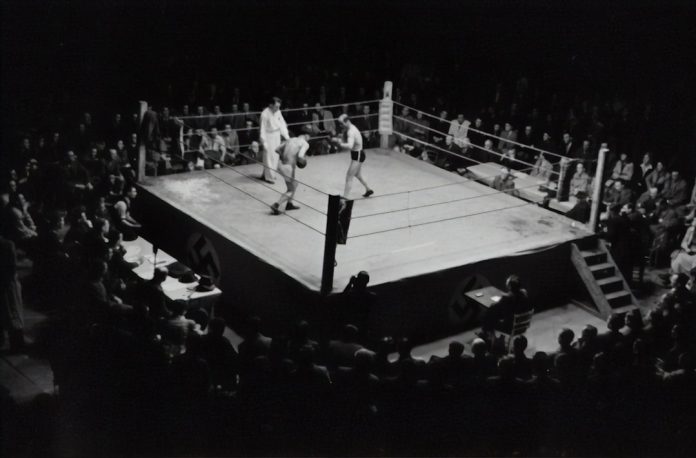Collecting sports and trading cards has been a popular hobby for generations. These cards, often adorned with images and information about various sports stars or fantasy creatures, have distinct characteristics that appeal to different types of collectors. In this analysis, we will explore the key features, mechanics, themes, and the strengths and weaknesses of each genre, using specific examples to support our discussion.
Sports Card Collecting
Sports card collecting revolves around acquiring cards featuring athletes from various sports such as baseball, football, basketball, and more. The cards usually feature a player’s picture, stats, and some trivia. High-profile or rare cards can be worth significant amounts of money.
Themes within sports card collecting often relate to specific athletes, teams, sports, or periods in sports history. This genre provides an interactive way to engage with sports and athletes. High value is placed on rare cards and those depicting successful players. The hobby can also educate fans about players and sports history.
However, the market can be unpredictable and values can fluctuate rapidly based on a player’s performance or reputation. Also, counterfeiting can be a problem, necessitating knowledge and care in acquisitions. A significant component of sports card collecting’s appeal lies in the historical aspect. The cards serve as a snapshot of an athlete’s career at a particular point in time, often containing details like statistics, personal trivia, and team information. Collectors often derive satisfaction from the research aspect of the hobby, learning about various athletes, their achievements, and their impact on the sport.
Trading Card Collecting
Trading card collecting typically refers to cards associated with fictional worlds, such as Pokémon or Magic: The Gathering. The cards feature characters or creatures, with stats and abilities that are used in gameplay.
Trading card collecting is steeped in fantasy and lore, with cards typically tied to a larger narrative within the game’s universe. This genre combines the thrill of collecting with gameplay, creating a more interactive experience. It also allows for creativity and strategy. Additionally, rare or limited edition cards can be valuable.
Just like sports cards, the market can be unpredictable and values can drop or rise dramatically. Counterfeiting is also an issue. Understanding gameplay mechanics is necessary for strategic card collection and play.
In terms of similarities, both genres encourage collecting and trading, and both can be seen as forms of investment. Rarity and condition of cards play a crucial role in determining value in both genres. They also share the common problem of counterfeit cards.
However, they differ in their primary appeal and themes. While sports cards cater to sports fans and offer a historical perspective on athletes and sports events, trading cards tend to attract fans of fantasy, offering an interactive gameplay experience and immersion in fictional universes.
While both genres involve collecting, trading, and potentially investing in cards, they cater to different interests and skill sets. Sports card collecting appeals to sports fans, historians, and statisticians, whereas trading card collecting appeals to fantasy enthusiasts, strategists, and lore-seekers.
The physical aspect of both hobbies also contributes to their appeal. Unlike digital hobbies, collecting physical cards provides a tactile experience, the pleasure of physically handling, arranging, and displaying one’s collection.
In terms of investment potential, both genres have seen cards sold for exorbitant prices. For example, a 1952 Mickey Mantle baseball card sold for $5.2 million in 2021, while a holographic shadowless first-edition Charizard Pokémon card sold for over $300,000 in the same year. However, such high-value sales are exceptions rather than the norm, and both markets are subject to considerable volatility.
In conclusion, whether one opts for sports card collecting, trading card collecting, or both, depends on their personal interests, their willingness to engage with the mechanics of the hobby, and their tolerance for risk. Each genre offers its unique joys and challenges, with countless sub-genres and niches waiting to be explored.



